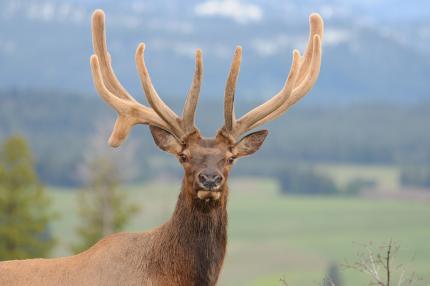
The Washington Department of Fish and Wildlife is tasked with responsibly preserving, protecting, and perpetuating wildlife in the state, while maximizing hunting opportunities to all residents. To that end, the department develops management plans for individual species, tracks statewide harvests of game species, and monitors the status of populations around the state.
-
Game management planning
The Game Management Plan (GMP) is a planning document that provides guidance for managing hunted species in Washington. The GMP is not a regulatory document, and its development is not a rule making process.
-
Game harvest reports
These reports provide annual hunting and trapping statistics for elk, deer, turkey, cougar, black bear and small game.
-
Game status and trend reports
Annual Status and Trend reports for game species populations in Washington. For major species, separate sections cover each region or other management unit.
-
North Cascades elk management
This elk herd resides in Skagit and Whatcom counties and is the northernmost elk herd in western Washington.
-
Biweekly wildlife activity reports
These biweekly reports summarize the current wildlife-related activities of WDFW staff around the state.
-
Tribal hunting
Native American tribes and the first governor of the Washington Territory negotiated treaties for the peaceful settlement of their traditional lands.
-
Washington Predator-Prey Project
The Washington Predator-Prey Project is a five-year research effort to investigate the effects of wolves and their competitors on ungulate populations in managed landscapes.
-
Eastern Washington pheasant enhancement program
The Eastern Washington Pheasant Enhancement Fund is used for pheasant habitat enhancement on public and private lands.
-
Western Washington pheasant release program
Download the Western Washington Pheasant Release Program pamphlet to find information on release sites, licensing fees, and the state's pheasant enhancement program.
-
Report wild turkey and upland bird observations
Report your observations of wild turkeys and upland birds to help us monitor summer broods and year-round distribution.